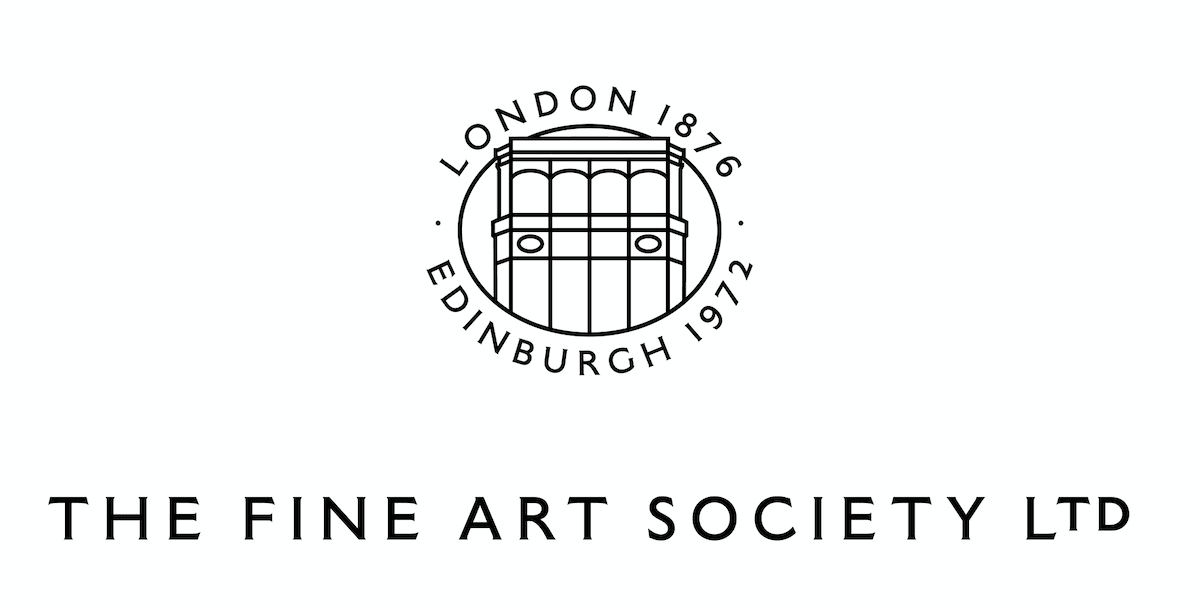Scottish Impressions
Our summer exhibition opens with an exquisite example of Pre-Raphaelite painting by Waller Hugh Paton. Sublime evening light suffuses the scene which takes in a moored boat on a loch in the Trossachs. Loch Achray, the subject of this painting, is only a couple of miles from Glen Finglas, the site of the now infamous visit of Ruskin, Millais and Effie Gray in 1853; this was painted 6 years after that scandalous trip. The paintings that follow draw together the artists, movements and styles that came after Victorianism and that lead to modernism. The term ‘Impressionism’ is often applied as a catch all; a vaguely labelled term that describes the influence from a movement that began in France. I use the term emphatically without exaggerated claims of what went before, however our show draws together artists whose subject and style nods to their French forebears. Britain was some years behind the continent, but its artists were open to influence and examples. What emerged is, as you’d expect, distinct and with its own qualities. Nowhere was this more so than in the growing awareness of painters in Glasgow. William Kennedy, Arthur Melville and Sir John Lavery – all represented here - spent time in Paris and Grez-sur-Loing, the artists’ colony south of the capital. Lavery went on to become better known for his society portraits. The swagger portrait of Cyril McCormack dressed in hunting pinks, topper at an angle, is a painting that has all the bravura of an artist in his prime. The subject is the dashing, playboy son of Ireland’s most famous tenor, John McCormack.
A painter whose heart and head stayed in Scotland is William McTaggart. In three oils from between 1886 to 1908 we see him capture light and seasons with such immediacy as to bring us the viewer into the same space and air. Inevitably artists moved on and the influence of Port-Impressionism lead painters such as George Leslie Hunter and fellow Colourists and Sir D Y Cameron to take on a bolder palette. Their colours burst forth as we see in the diminutive and jewel like oil on board by Hunter and two substantial Camerons, one of Dunvegan Castle on Skye and another of a panoramic view of Kilchurn Castle on Loch Awe. The exhibition finishes with the arresting portrait of a black woman swathed in yellow and blue silks. These bold paint strokes belie the handling of the sitter’s obsidian-like skin. The painting, which sits within its original frame, has the presence and accomplishment of a picture that the artist exhibited to which end it is possible that it is in fact Black Nanny exhibited at the RSA in 1937.



















